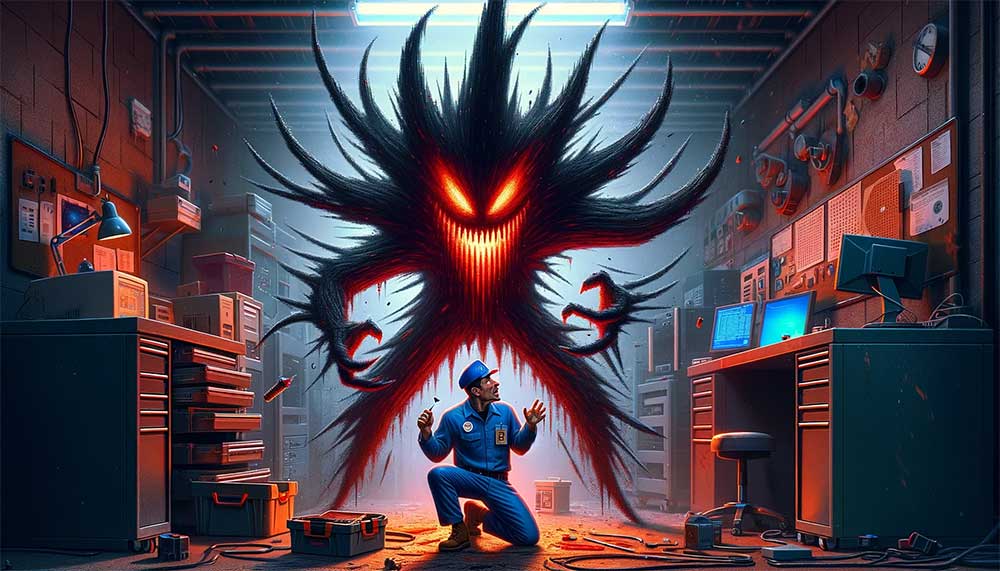Nearly all IT professionals and PC technicians recommend that you promptly download and install Windows patches and updates the moment they are available, this is not the case for the Windows 10 October 2018 upgrade. Depending on how your system is configured and how much media storage space you have left, the October upgrade may result in a computing device that is unable to initialize.
[su_note note_color=”#F4f4f4″]During the final week of September, Microsoft started issuing warnings to users whose computing devices were limited in terms of storage space. Windows 10 updates have been getting larger and larger in terms of file size; although Microsoft has not revealed the exact size of the October 2018 update, the company has admitted that it will be larger than the April update, which clocked in at 20 GB for 64-bit systems.[/su_note]
Preparing for Windows Update
If your Windows 10 device has less than 20 GB of free storage on the hard drive, your system may not only crash during the upgrade but may also fail to boot. You can check for free space with the Windows File Explorer tool, which can be launched by holding down the Windows key followed by “E.” Users who have previously seen the “Windows needs more space” message during an update installation are the most likely to be affected.
[su_note note_color=”#F4f4f4″]Although the press releases Microsoft issued in relation to the October 2018 upgrade mentioned embedded devices, the reality of the situation is that users who purchased laptops, tablets, and hybrids with 32 GB of storage are at risk, and this could mean millions of users. Other users who may also be affected by the October 2018 upgrade are those who took advantage of the free Windows 10 upgrade offer on older systems with limited hard drive space.[/su_note]
Troubleshooting Possible Issues with Upgrading
To make matters worse, Microsoft admits that the latest upgrade will not check for adequate space. If the installation fails because there is not enough room, the system will not be able to start. Windows 10 tablets could end up in a “bricked” state; desktop and laptops will require a hard reset procedure.
[su_note note_color=”#F4f4f4″]If you think your Windows 10 device will not be able to handle the October 2018 update, you have the option of stopping automatic updates so that you can free up space; to this effect, you can delete files or transfer data to external or cloud storage, and you may also wish to consider upgrading your digital storage. For assistance with these issues, contact A Plus Computers in Apple Valley.[/su_note]














